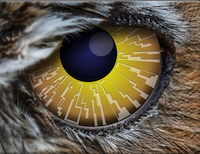

Dynamic Holography Has Arrived

For a half of century the world made static holograms, and now it became possible to develop dynamic holography with 10Mpixels Liquid Crystal on Silicon phase matrix or MEMS. These 10Mp is just enough to reconstruct image on one square millimeter of eye pupil. At the same time, a key application arrived. In the very near future most of us will be in a cocoon of the personalized information and connections at all times. Because humans process visual information much faster and easier than any other kind and because such a cocoon is by definition is AR/VR the race to provide these cocoons will be won by a company that will offer not only the best information and communication media but a combination of these factors plus the best wearable hardware means of delivering it - something like Google Glasses or HoloLens but much more sophisticated.
Ergophos was able to deliver the last absent elements, algorithms and codes, of true 3d holographic display, made with off the shelf components.
First demo with 10MP has been made and confirmed the core principles.
Efficiency and visual control

Ergophos has developed and tested a new and unique class of illumination devices for mobile LCD displays including autostereo, microscopy, and medical instruments. The devices are based on semi-planar holograms which deliver laser light with unprecedented accuracy and can be mass produced with conventional technology. The energy efficiency of a laser holographic display panel is a factor of 30 to 70 higher than that of a traditional LED based display, extending battery life in mobile devices.
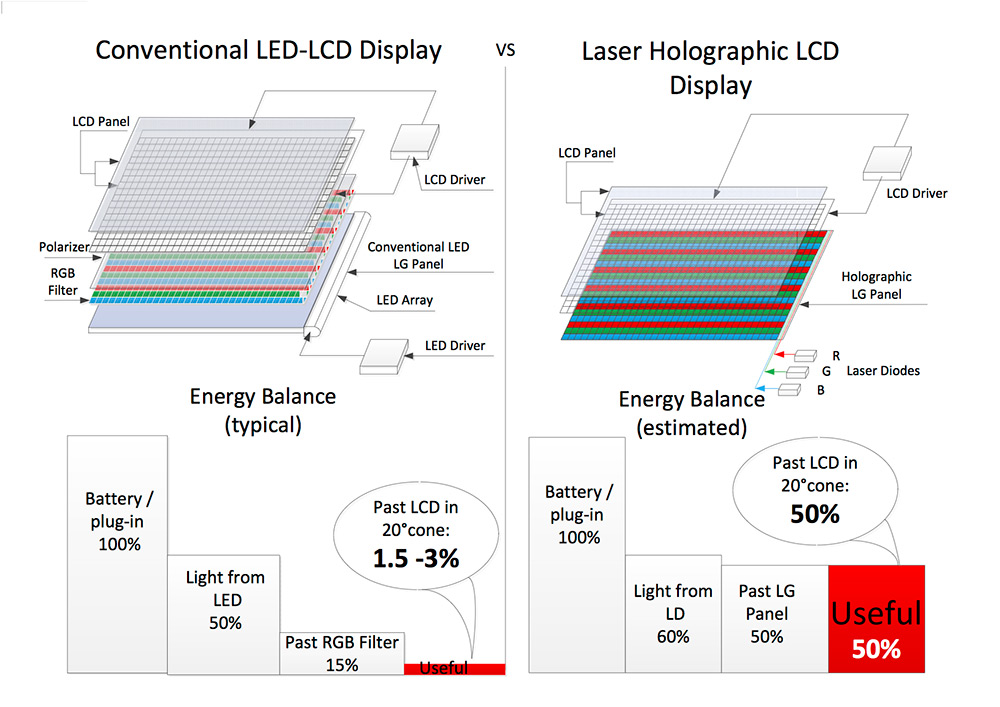
Autostereo effect is achieved by semi-planar hologram making an angualr separation of left and right video channels beamed from nano-imprinted planar waveguides off the screen.
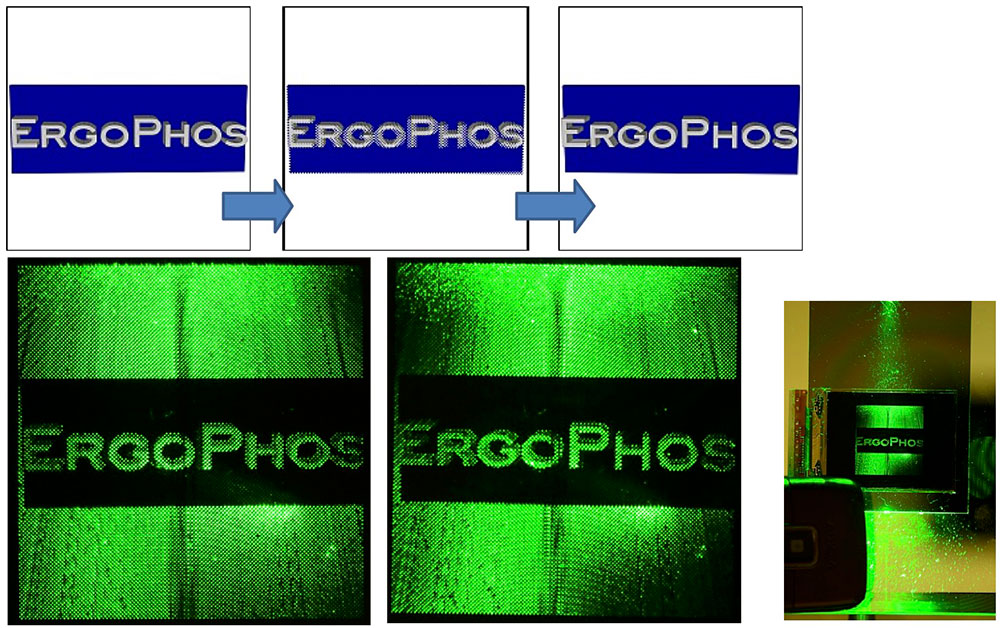
Realistic 3D Content
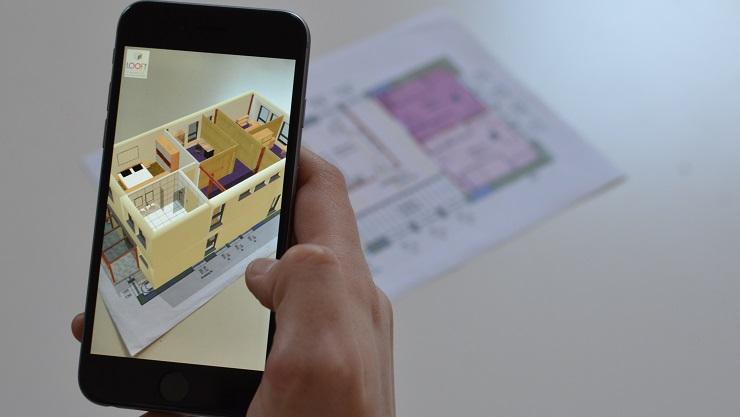
Ergophos has developed an algorithm for MEMS headmounted
holograms to create moving light fields approximating
those radiated by true 3D objects.
An ultimate true
3D viewer experience would mean the same perceived
distances to objects inferred from eye accommodation,
parallax, and motion parallax to overcome the eye fatigue
typical of modern stereo displays. Classical holography
achieves this goal via complex static volume structures.
A moving true 3D hologram is feasible under current
technological constraints.
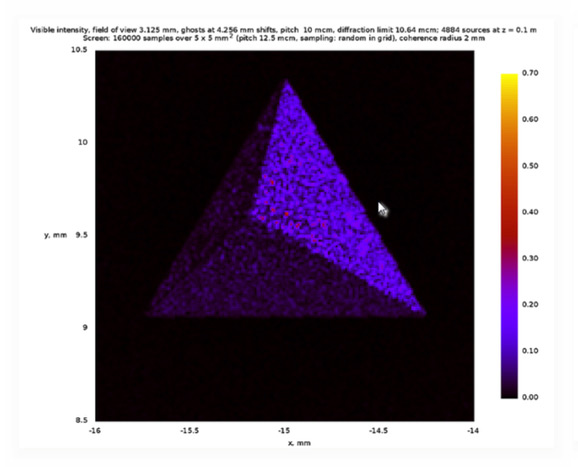
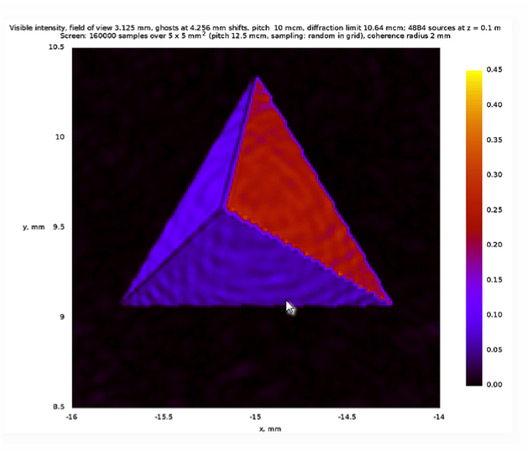
High performance maskless lithography
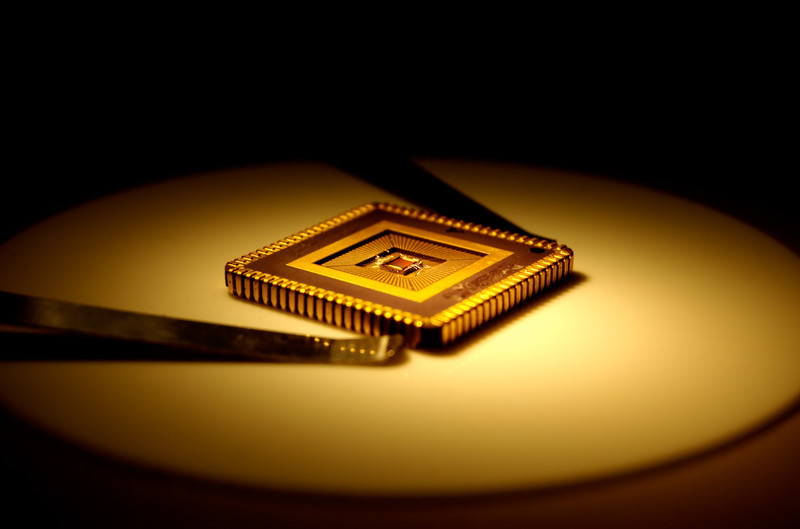
The algorithm developed by Ergophos for true 3D holograms can be also used to generate an SLM hologram to form complex sub-wavelegth light field for direct maskless lithography. This patented technology has a potential for dramatic increase in efficiency and throughput of micron-scale structures in flat panels, electronics and semiconductor manufacturing.
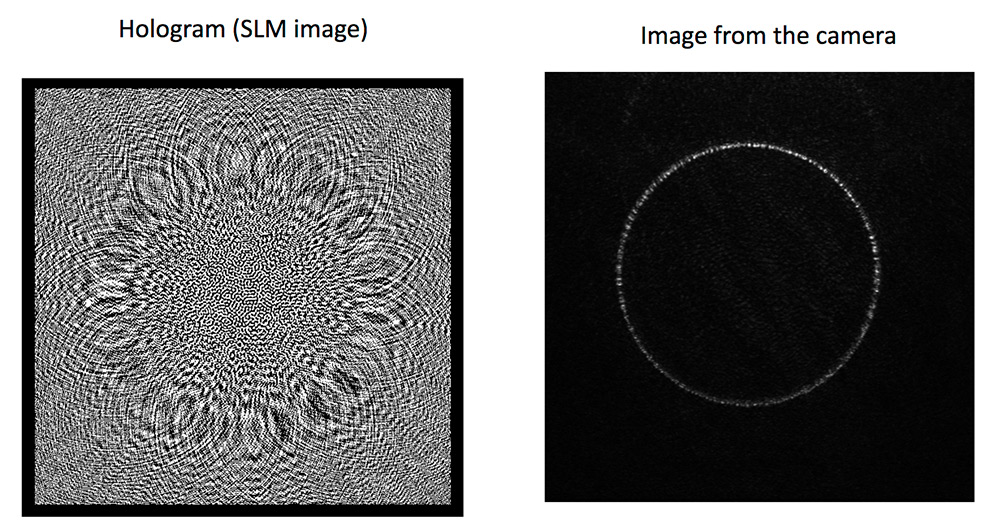
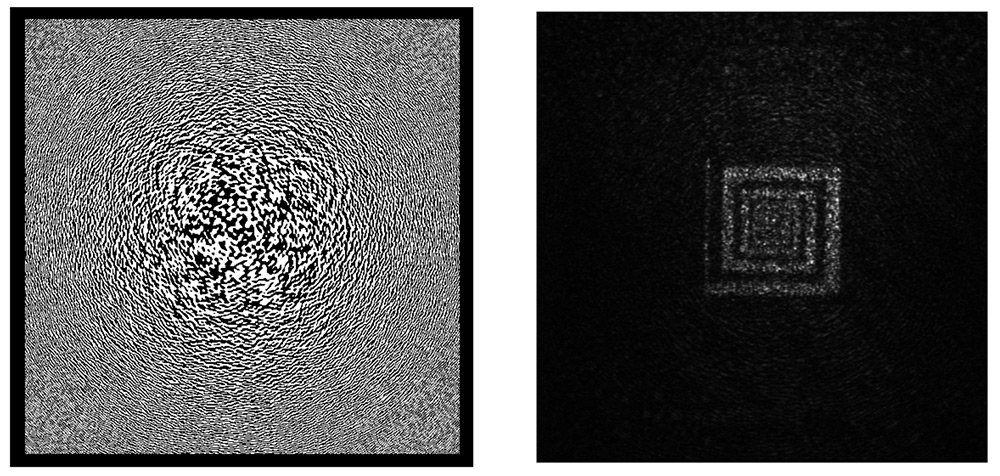
Resolved point sources
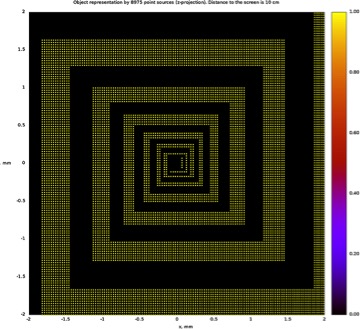
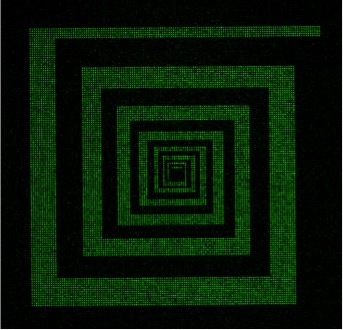
Smart consumer spectometer

Ergophos LLC has developed a medium resolution wide band spectrometer-on-chip with 2d holographic dispersion working with a low cost phone camera as a detector. The spectrometer is excellent for consumer market. Below is a sample of spectrum.
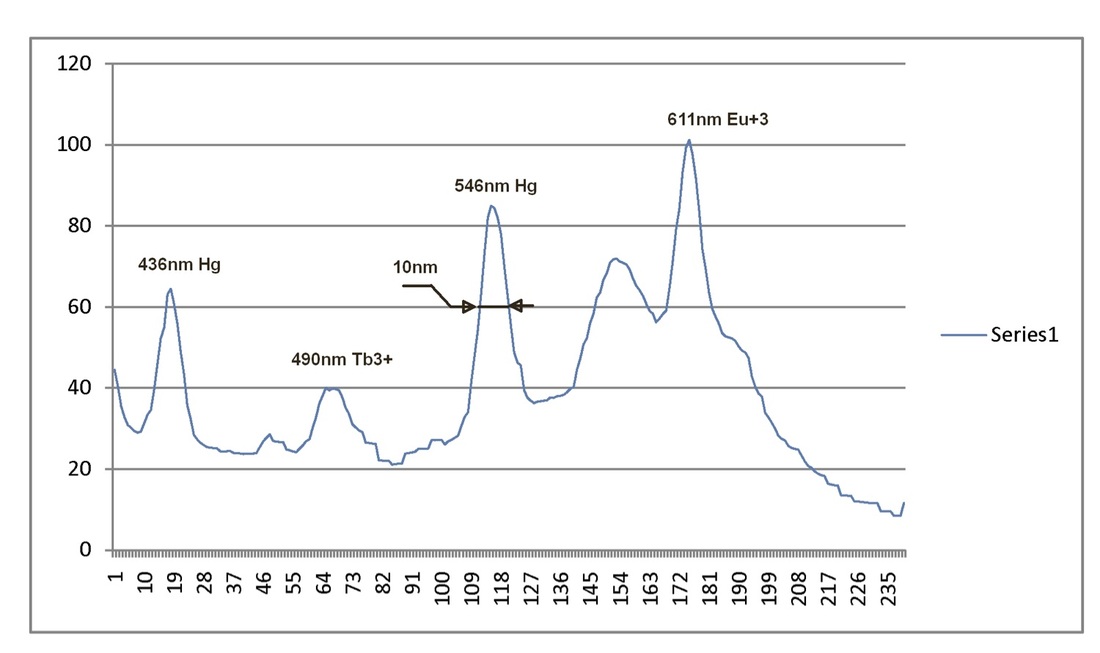
Smart consumer self-awareness
The Wellness Monitor is a device with a photonic disposable chip which is commercially viable with 80% probability and technologically with 95%. It is able to qualitatively measure five hormones in saliva: cortisol, IgA, testosterone, melatonin, and estrogen. Technologically, many more analytes are possible. Current medical saliva analyses require several chemical steps and require sending sample offsite; they can be reduced to a single spit on the chip. Below is artistic rendering of the gadget.
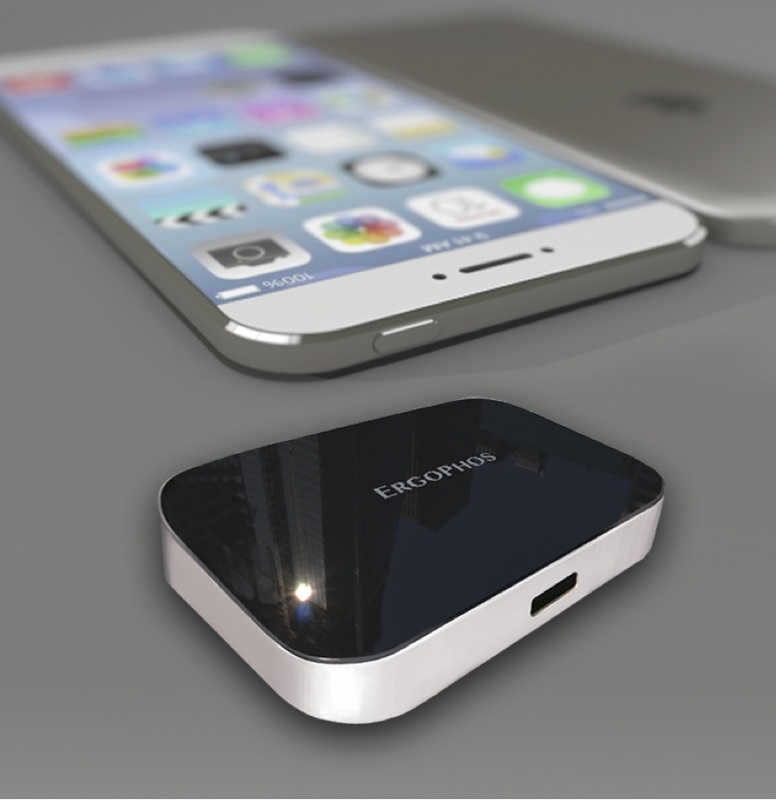
Holographic Illuminator for Depth of Field Microscopy
Biotech and medical research are icreasingly in need of high resolution depth of field microscopy of bio samples semi-transparent up to 1000 microns. The global micropscopy market is about $5B and is expected to grow, especially in the digital microscopy sector. Biotech and healthcare industries use expensive microscopes which still have the depth (z) resolution an order of magnitude lower than in the x,y direction primarily due to the difficulty of precise focusing illumination light at different depths inside the sample. A holographic scanning illuminator solves this problem by creating computer-controlled digital holograms scanning thousands of foci of laser illumination over needed depth of field in sync with imaging matrix. In a proof-of-concept experiment performed by Ergophos with a 4096x2464 LCOS SLM, 5-plane dotted ABCD images were generated in a single frame with different letters formed at different depths. The number of foci can be in thousands with size around half lambda in x,y directions and around one lambda in z. Laser Illumination has a big advantage in handling multiple lambdas and delivering high brightness, but it also creates speckles. Ergophos has developed ways to suppress speckles in this type of scanner.

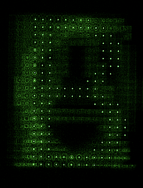
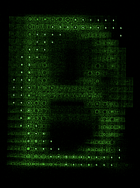
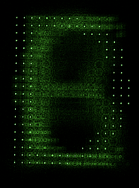
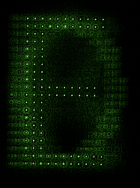
The company and the people
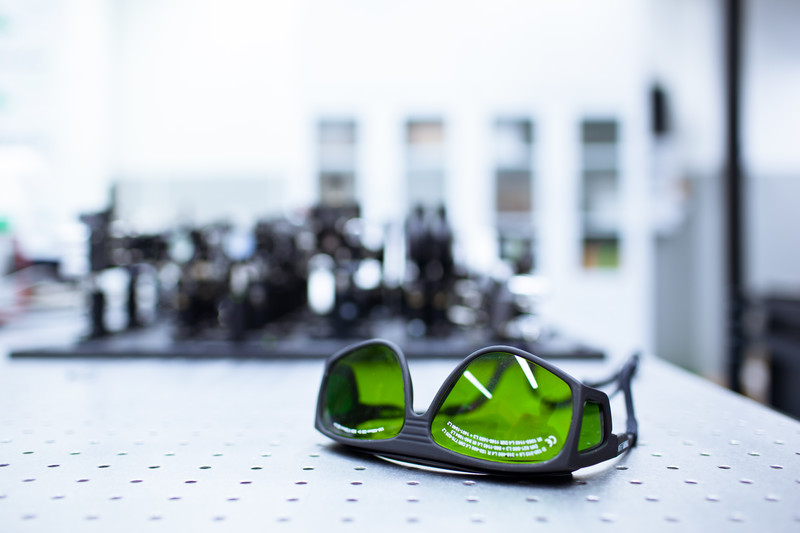
Ergophos LLC was founded in 2011 to develop semi-planar laser holographic illumination devices. The founders, all graduates of Moscow Institute of Physics and Technology (MIPT), have extensive academic and industry experience and track record of technological innovation.

Vladimir Yankov, Ph.D. (MITP, 1978) and Dr.Sci. (Kurchatov Institute, 1985). Vladimir has published over 100 scientific papers in multiple fields of theoretical and nonlinear physics and holds dozens of US patents for his inventions in holographic and photonic technology. He is the founder of several successful US-based high tech startups, including Optera/VyOptics LLC and Nano-Optic Devices LLC.
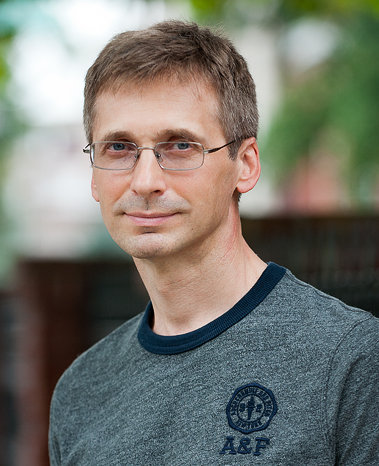
Michael Isichenko, Ph.D. (MIPT, 1986) and Dr.Sci (Kurchatov Institute, 1994). Michael has conducted research in theoretical plasma physics and statistics at Kurchatov Institute in Moscow, University of Texas at Austin, and University of California at San Diego, and has authored over 50 scientific papers. Since 1998, Michael has been developing algorithms for quantitative trading on Wall Street. His areas of expertise include mathematical physics and high-performance computation.
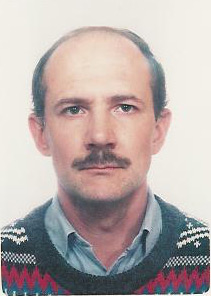
Igor Ivonin, M.S. (MIPT, 1988), Ph.D. (Uppsala University, 2001). Igor is an accomplished researcher in the fields of theoretical and computational physics, biomedical spectroscopy, and holography, with over 50 published research papers. He has worked at Kurchatov Institute in Moscow, Uppsala University, Micronic Laser Systems AB (Sweden), and Nano-Optic Devices LLC.
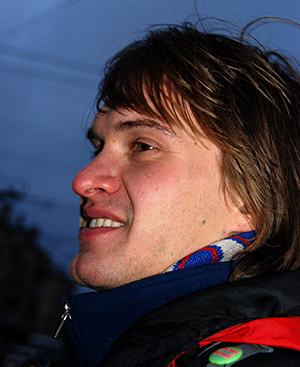
Konstantin Kravtsov, M.S. (MIPT, 2005), Ph.D. in Electrical Engineering (Princeton University, 2009). Since graduation, Konstantin has participated in research and engineering projects in Princeton University, General Physics Institute in Moscow, and Nano-Optic Devices LLC. His research interests encompass experimental and theoretical aspects of optical communications and holographic optical devices, including methods of quantum optical data transmission and advanced optical multiplexing. Kostantin was the absolute winner of the 1999 International Physics Olympiad in Padova, Italy.
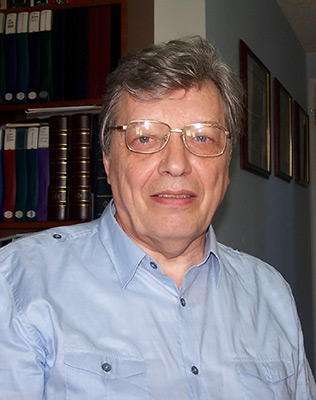
Leonid Velikov, Ph.D. (MIPT, 1972), Dr.Sci (Lebedev Physical Institute, 1987). Leonid is an experienced leader in the development of semiconductor and micro-optic technologies and devices, including microlithograpy. He author over 150 scientific papers and 30 patents. Leonid has an extensive experience in developing new optical technologies, including several US startups. He is an expert in Intellectual Property management and handles the growing portfolio of Ergophos patents.
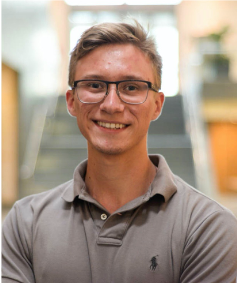
Andrei Isichenko, B.S. and M.Eng. in Engineering Physics (Cornell University, 2018) and currently a Ph.D. student in Electrical Engineering at University of California, Santa Barbara. Andrei has worked in the research areas of photonic modulators, ultrafast fiber lasers, and atomic clocks. His experience includes work at NASA Jet Propulsion Laboratory on frequency and timing and automated test and measurement at the startup PsiQuantum. He now studies low-loss waveguides and their applications in atomic physics, coherent communication and precision sensing. He is a recipient of the Department of Defense NDSEG graduate student fellowship.